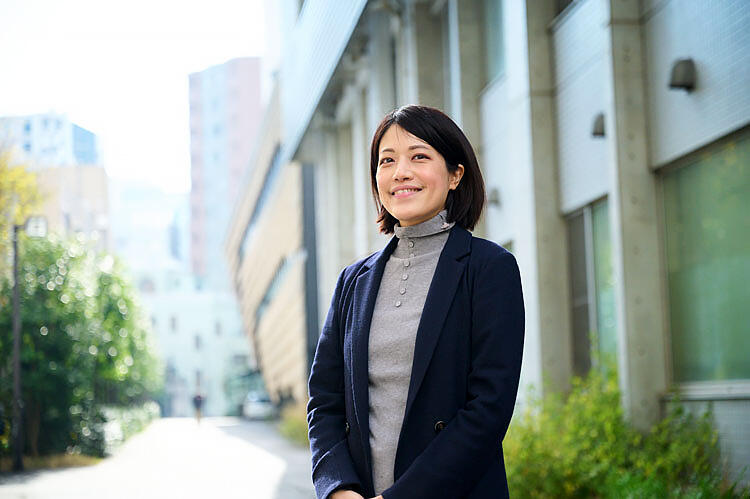
Founded in 2016, Lily MedTech Inc. (Bunkyo-Ku, Tokyo), a startup company from the University of Tokyo, achieved the practical application of "COCOLY, a breast ring-array ultrasound imaging system," with exceptional speed. This article details our interview with Shiho Azuma, the company's CEO, who, as one an inventor aiming to solve social issues, improved the oversight of breast cancer and invented a new technology that ensures accurate early detection.
The problem of undiagnosed cancer in mammography
In 2020, the number of new female patients diagnosed with "breast cancer" surpassed lung cancer, becoming the world's most common cancer. Unlike other cancers that often affect the elderly, the incidence rate of breast cancer tends to significantly increase among women in their late 30s, their most productive years. The number of breast cancer patients and deaths is currently rising worldwide. Early detection and treatments without national and regional bias are urgently needed, including prevention through the improvement of lifestyles.
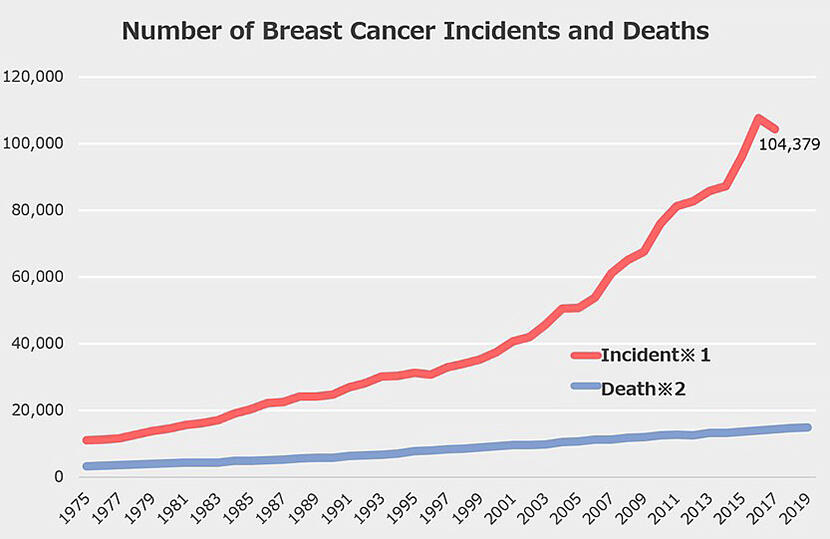
※2 From Vital Statistics by Ministry of Health, Labour and Welfare
Number of Breast Cancer Incidence and Deaths in Japan
(Provided by Lily MedTech)
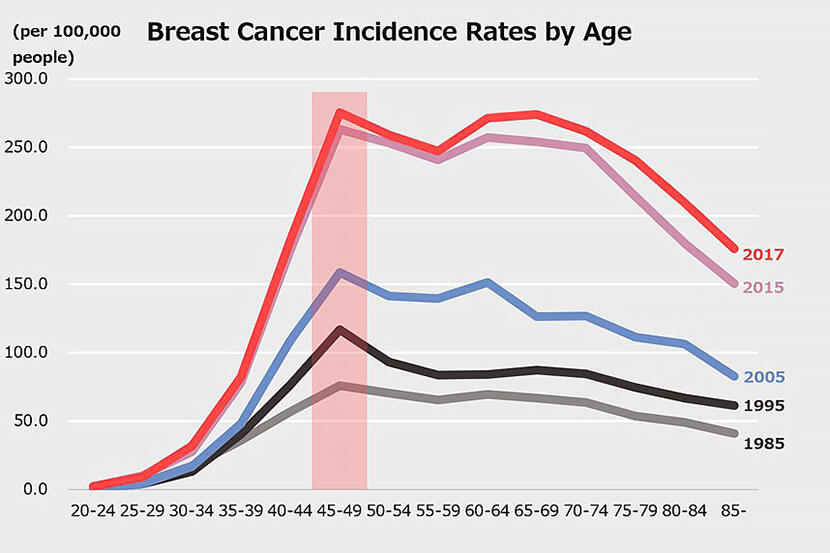
(Provided by Lily MedTech)
On the other hand, there is a fundamental issue in breast cancer screening technology itself. Shiho Azuma, CEO of Lily MedTech, Inc., notes, "Mammography is used worldwide for breast cancer screening, but missed diagnosis has continued to be a problem."
Mammography is a specialized breast examination device that irradiates X-rays onto a compressed breast and makes a diagnosis by distinguishing between shades of black and white resulting from differences in transmittance. In breast tissue with little fat and well-developed mammary glands, both the mammary glands and the cancerous growths get projected in white, which may hide cancerous growths and result in a missed cancer diagnosis. This type of breast is more common in Asians and Westerners under 65 years of age, and the oversight of cancer has even become a social problem, and legal reform is underway in the U.S.
Azuma explains, "Although this is a problem for women, who make up half of the population, there was no solution." The development of new specialized equipment for the breast had been hindered by cost limitations and the fact that the target population was limited to women. However, Azuma felt sure that there would be room for entry and contribution in this area.
A bed-type examination device, COCOLY
"COCOLY," developed by Azuma and her team, is a bed-type examination device with a ring-array ultrasound transducer mounted onto the hole in the center. When you lie face down and insert your breast into the hole, it starts scanning the internal structures surrounding your breast, making it easy to obtain a 3D image. There is no pressure on the breast, unlike a mammogram. By immersing the breast in warm water of around body temperature, the contrast between the fat and the mammary gland is differentiated and easier to distinguish. As it turned out, the team realized a comfortable examination by immersing the breast in warm water without pain.
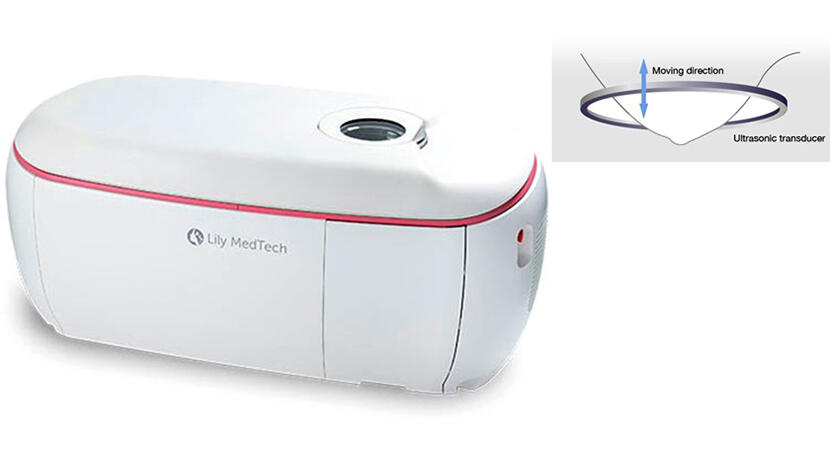
(Provided by Lily MedTech)
Ultrasound is also suitable for detecting cancer in women with well-developed mammary glands because the mammary glands are projected white, whereas cancer is projected black. It is also particularly good at detecting invasive cancer that eats through the mammary glands and progresses to the interior tissue.
COCOLY's core technology is Ring-Echo, in which this ultrasound transducer is arrayed in a ring shape. It emits ultrasonic waves from multiple 360-degree directions toward the examinee and receives the reflections. Unlike flat ultrasound examinations, the data obtained from various directions makes it possible to construct high-precision 3D images as if captured by an MRI. In addition, the device can capture small lesions that mammography cannot detect, which is a great advantage in breast cancer diagnosis, where early detection dramatically increases survival rates. It has become an epoch-making invention that prevents overlooked cancer and leads to an accurate diagnosis.
Furthermore, innovations in peripheral technologies also helped the invention. For example, GPUs (Graphics Processing Units) are used in the technology to convert and reconstruct the enormous amount of scan data acquired from approximately 2,000 elements into images. GPUs were already a widely used technology, mounted in game consoles that let you experience the virtual world, and other devices. Therefore, those were available at a low price, reducing the development costs. The team was able to pursue its development when various technological innovations and social needs coincided.
Social Implementation of Ring-Echo's Research Technology
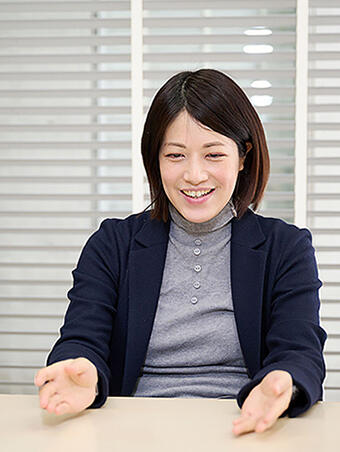
Azuma, who has loved physics since she was a child, majored in aerospace engineering at university. In her doctoral program, she conducted research on planetary probes and later engaged in work that dealt with devices for analyzing the molecular structure of materials at the atomic level. She found the complex world of science intriguing and romantic and has always "wanted to make products that take advantage of Japanese people's strength," influenced by her father, who worked for a manufacturer.
Meanwhile, she encountered the challenge of developing and commercializing a device based on medical technology using Ring-Echo, whose research was ongoing at the University of Tokyo.
Ultrasound diagnostic imaging has no exposure concerns or the necessity of contrast agents, minimizing the burden on the examinee. Although it has already been in use for many years in the medical field, experience and skill are required to detect lesions accurately. Therefore, MRI and X-ray CT had been considered the mainstream of diagnostic imaging, and ultrasound was no more than a supplemental diagnostic tool. However, ultrasound can also thermally coagulate target tissues and cells by converting the irradiation energy into heat. This technology had the potential for therapeutic applications, leading to new horizons of development. Takashi Azuma, Azuma's husband, looked at it and promoted research on ultrasound diagnosis and treatment techniques.
Ring-Echo, studied by Takashi, is suitable for diagnostic imaging of breasts because of its shape and characteristics. His research coincided with the growing need for early detection and treatment of breast cancer which was on the increase. Azuma began to think together about the possibility of social implementation using her husband's research technology.
From the Romance of Science to Solving Social Issues
Developing a diagnostic device that contributes to the early detection of breast cancer as a product: The experience of losing her mother to cancer, and continued regrets, gave Azuma a strong mission in the sense of "If it has to do with social issues and medical care, I have to do it." Having received a request from Takashi for cooperation, she made a significant shift from pursuing "romance" behind the science to efforts to solve social issues.
Compared to the devices that Azuma had handled in the past, the ultrasonic device was a technology that used simple physical phenomena. She began development by writing and verifying all expected programs, their capacities, the time required for processing, the size of the data, etc.
No matter how superior the technology is, it won't necessarily succeed as a business. Unless you can lead it to success as a business, you will also lose a way to give the technology back to society. Furthermore, the technology must be long lasting and accepted, including maintenance and improvement. Through her developer experience at a manufacturing company and her perspective of being fascinated by the fun of complex science, she arrived at the conviction that "I can make it happen" based on her verification results.
Behind what enabled her invention, which accurately grasped the needs and seeds of society, lay Azuma's sense of scientific inquiry and her experience of acting and learning following her curiosity.
Developing technology to support life choices
The next goal of Azuma and her team is to develop artificial intelligence (AI) that can assist doctors with diagnostic imaging using COCOLY and invent early treatment methods using ultrasound. The final form in their mind is a system in which AI takes images and completes the entire diagnosis process. One of the system's significant advantages would be consistently following up on the same patient from diagnosis through treatment up to subsequent observation.
Azuma shares her thoughts on the development, "We want our work to stay close to women in their various life stages."
Ultrasound testing can address the anxieties of a wide range of women, including those who may be pregnant and those concerned about the impacts of radiation. In addition, less invasive and earlier treatment with ultrasound will allow patients to return to their former lives more quickly. Furthermore, quality-maintained diagnosis and treatment regardless of location will be possible once all these happen.
Global trends show that breast cancer incidence and mortality rates are exceptionally high in developing countries. Reports also say that more than half of the world's breast cancer cases and deaths are among women in developing countries. Regional maldistribution is considered an issue. We look forward to the future where the technology developed by Azuma's team will help with early detection and treatment in regions with inadequate medical service systems in and outside Japan and contribute to solving this global problem.
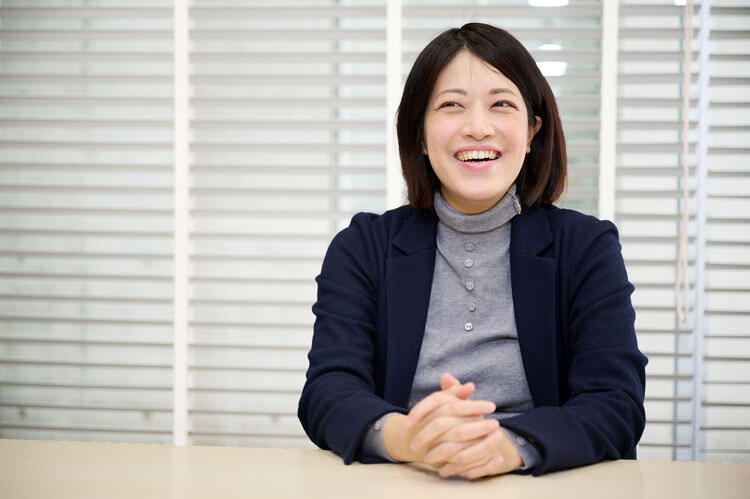
Lifestyles and values are significantly changing these days. "We will see a shift to a society where people can realize various choices in life. I want to develop technologies to support this," she looks to the future with enthusiasm.
Azuma looks back on her path to today, where she always valued the "feelings that naturally come up from within" and worked free from prejudice, thriving on her various experiences. She is approaching the realization of a society in which everyone can live in their way through creating things. We could feel her confidence, together with her belief in invention.
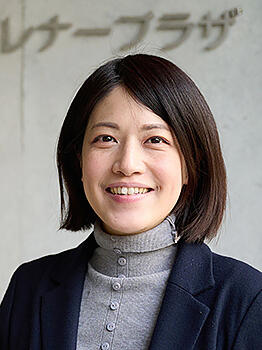
AZUMA Shiho
CEO, Lily MedTech Inc.
After graduating from the University of Electro-Communications in 2005 she joined Hitachi, Ltd. Having left the company, she studied at Arizona State University in the United States, where she completed a master's program in aerospace engineering. Following the service at two companies in Japan, she founded Lily MedTech in May 2016. A member of Young Global Leader (2021) of World Economic Forum.
Original article was provided by the Science Portal and has been translated by Science Japan.




